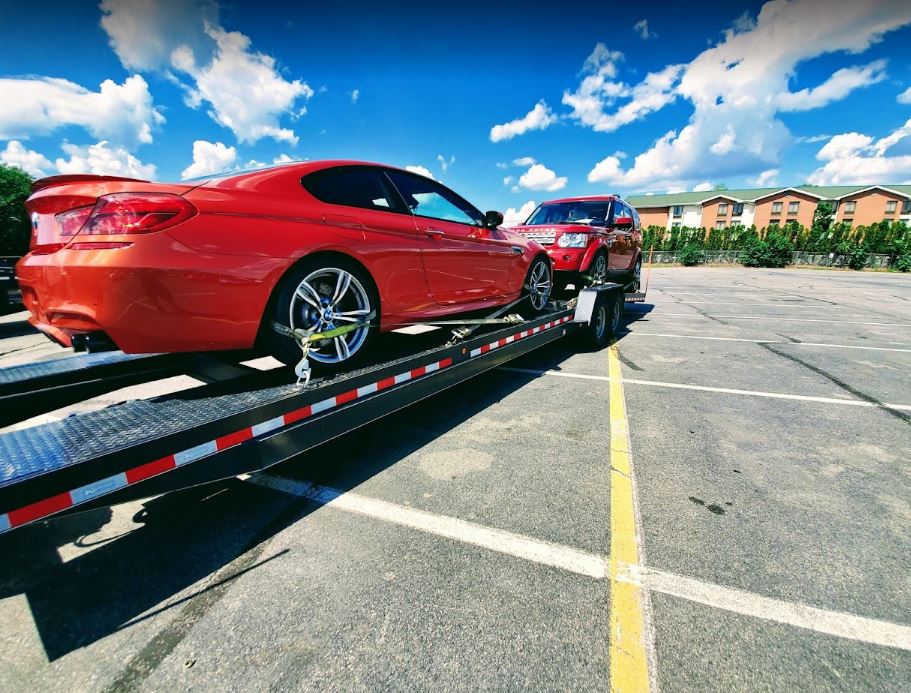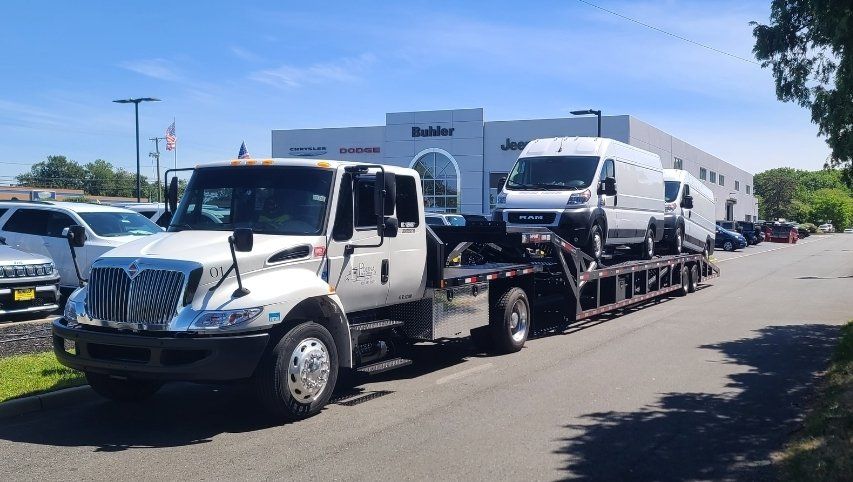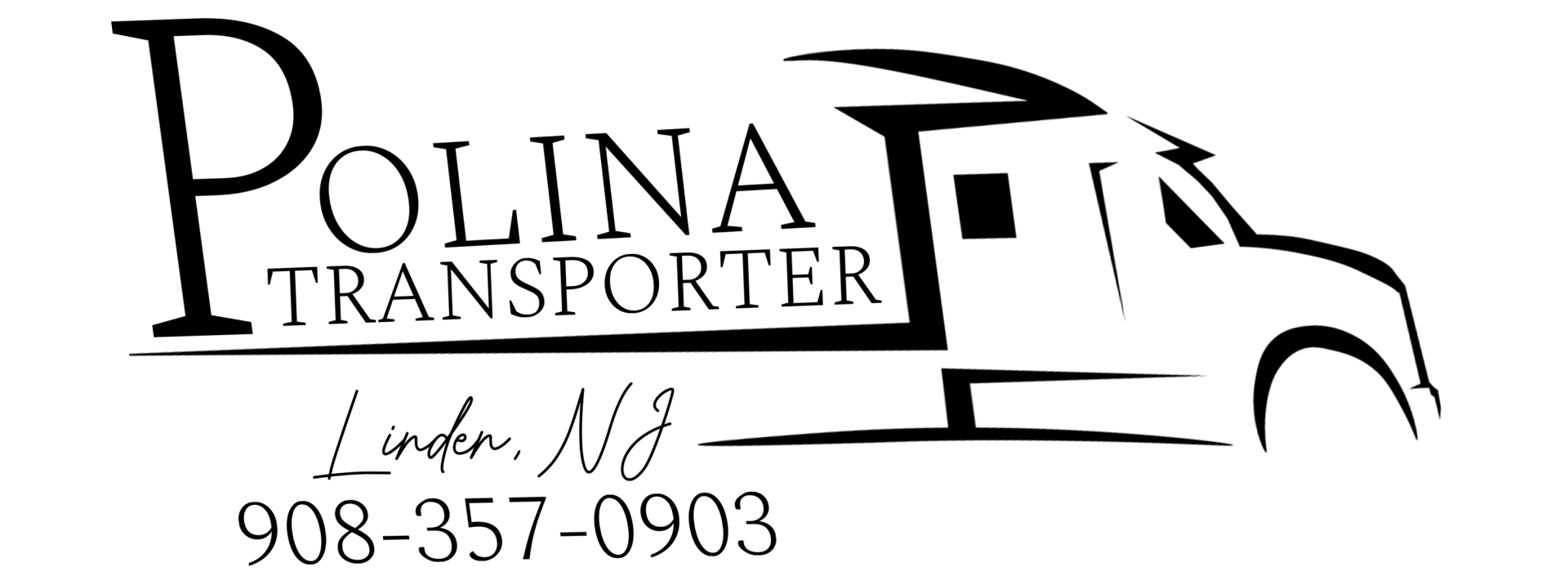Common Myths About Towing Services – Debunked!
When it comes to towing services, there are plenty of misconceptions floating around. Whether it’s about costs, reliability, or the overall process, these myths often prevent people from seeking help when they truly need it. At Polina Transporter, we believe in clearing the air so you can make informed decisions during roadside emergencies.
Let’s debunk some of the most common myths about towing services.
Myth 1: Towing Services Are Too Expensive
One of the most widespread beliefs is that towing services will cost you a fortune. While pricing can vary based on the distance and type of service, towing is often more affordable than people assume—especially when you consider the cost of leaving your car stranded or trying risky DIY solutions.
Reality: At Polina Transporter, we offer competitive, transparent pricing with no hidden fees. You’ll always know what to expect before we start.
Myth 2: Only Broken-Down Cars Need Towing
Many people believe towing services are only for vehicles that have completely broken down. However, towing can help in a variety of situations, such as after an accident, when your car gets stuck in snow or mud, or even if you need your car relocated to a repair shop.
Reality: Towing services are versatile and can assist with anything from emergencies to convenience-based needs.
Myth 3: All Tow Trucks Are the Same
It’s easy to assume that all towing companies use the same type of trucks and equipment. This misconception leads people to believe they can call just anyone for towing.
Reality: Different towing needs require specialized equipment. For example, flatbed trucks are best for luxury or damaged vehicles, while wheel-lift trucks are ideal for short distances. Polina Transporter uses a diverse fleet of modern vehicles tailored to every towing situation.
Myth 4: Towing Damages Your Vehicle
Many people worry that calling a towing service will lead to further damage to their car. This belief often stems from outdated towing methods or untrained operators.
Reality: Professional towing companies like Polina Transporter use advanced equipment and trained technicians to ensure your car is handled with care. From secure tie-downs to proper loading techniques, we prioritize your vehicle’s safety.
Myth 5: Towing Services Take Forever to Arrive
When you’re stuck on the side of the road, it’s easy to assume that help will take hours to arrive. This myth
h often discourages people from calling for help altogether.
Reality: At Polina Transporter, we use advanced dispatch systems to locate the nearest available tow truck and send it to you quickly. Our team is known for rapid response times, ensuring you’re not left waiting for long.
Myth 6: Towing Services Are Only for Cars
Some believe that towing services are only designed for personal vehicles like cars and SUVs.
Reality: Towing services cater to a wide range of vehicles, including motorcycles, trucks, RVs, and even boats. Polina Transporter’s versatile fleet is equipped to handle all types of vehicles with ease.
Myth 7: You Can Always DIY a Tow
Some drivers think they can handle towing themselves using a friend’s car and a rope or chain. While this might seem like a quick solution, it’s both dangerous and illegal in many cases.
Reality: DIY towing can lead to accidents, vehicle damage, or even legal issues. It’s always safer to rely on a professional towing service like Polina Transporter for safe and efficient assistance.
Myth 8: Emergency Roadside Assistance Isn’t Necessary
People often think they don’t need towing or roadside assistance because they’ve never faced an emergency before.
Reality: Emergencies are unpredictable, and it’s always better to be prepared. Having a reliable towing service like Polina Transporter on speed dial can save you time, stress, and money when the unexpected happens.
Conclusion
Don’t let these common myths keep you from getting the help you need during a roadside emergency. At Polina Transporter, we’re dedicated to providing fast, affordable, and professional towing services you can trust.



